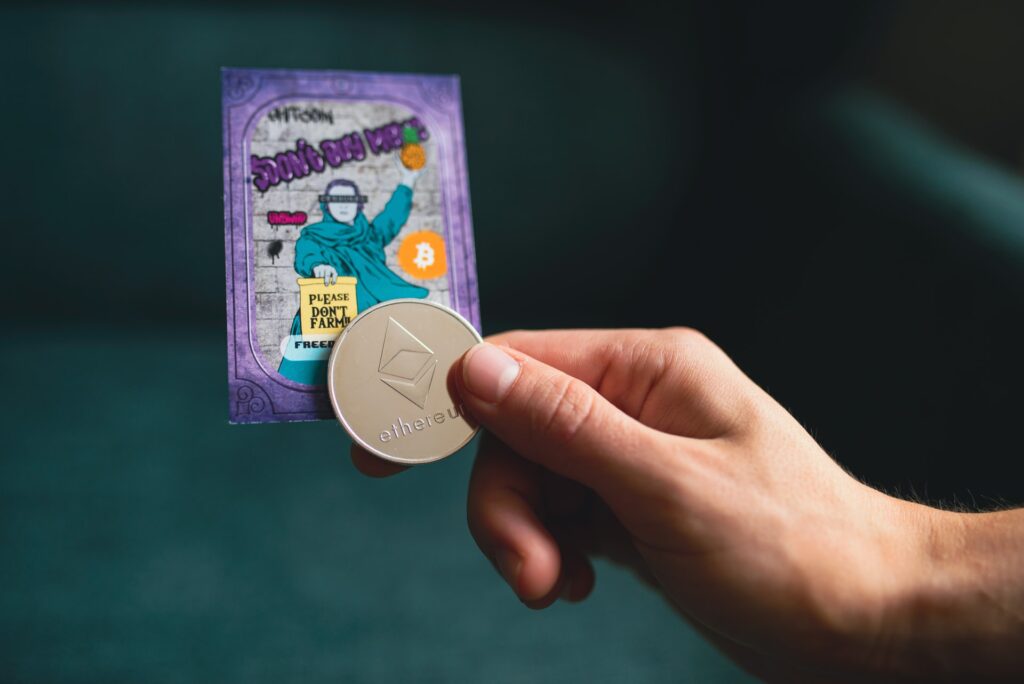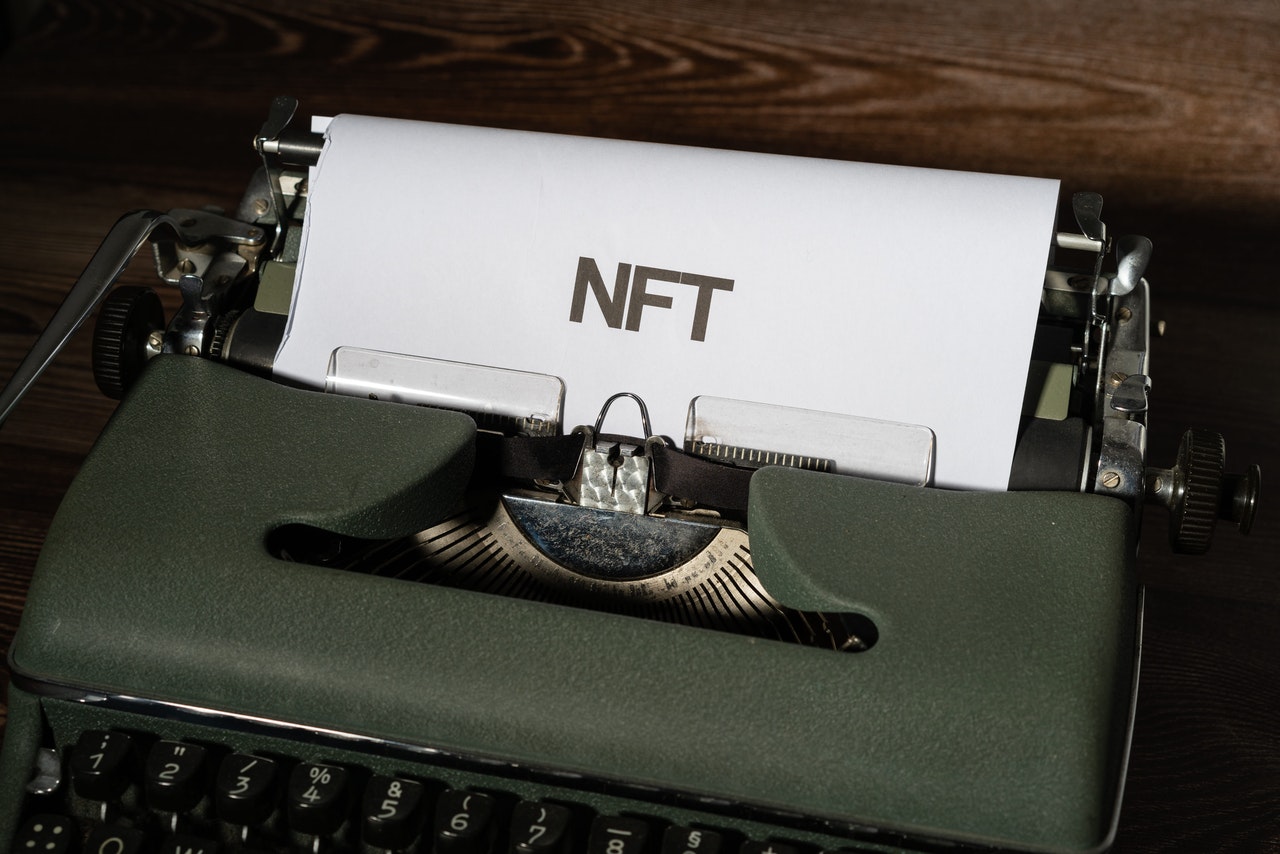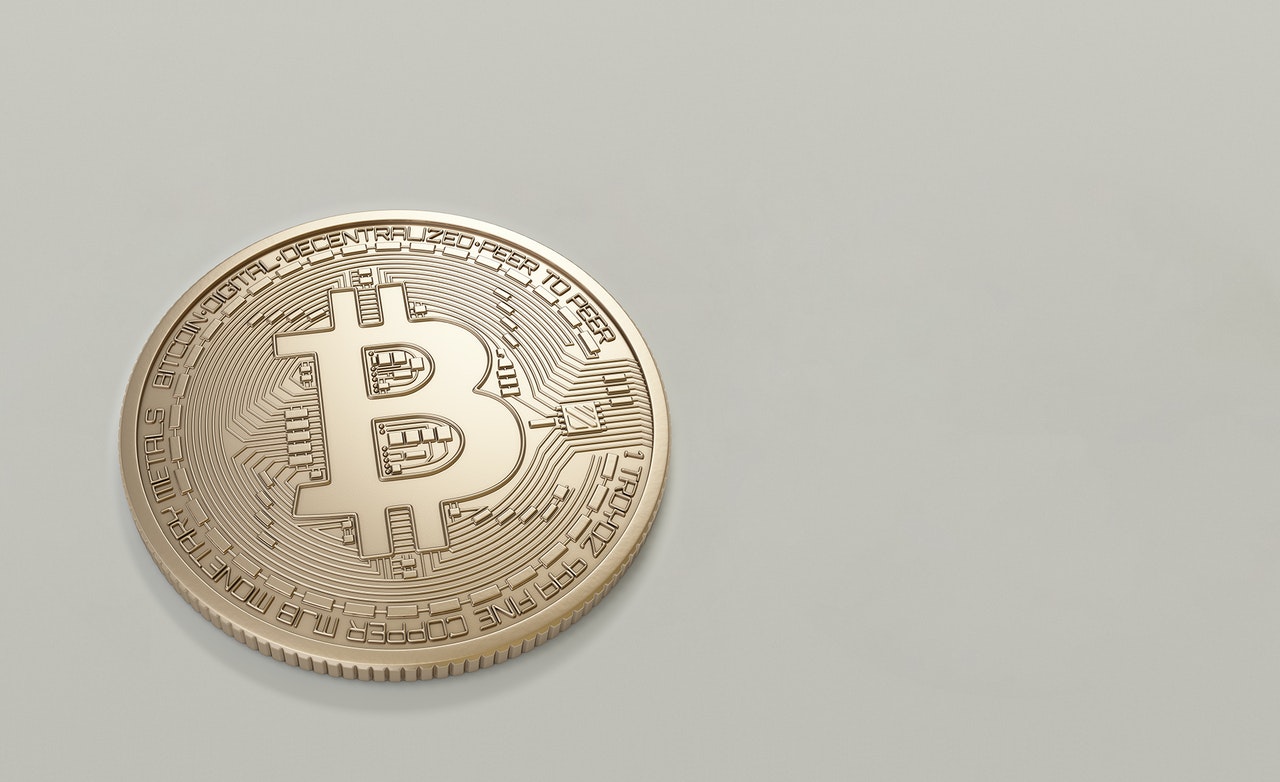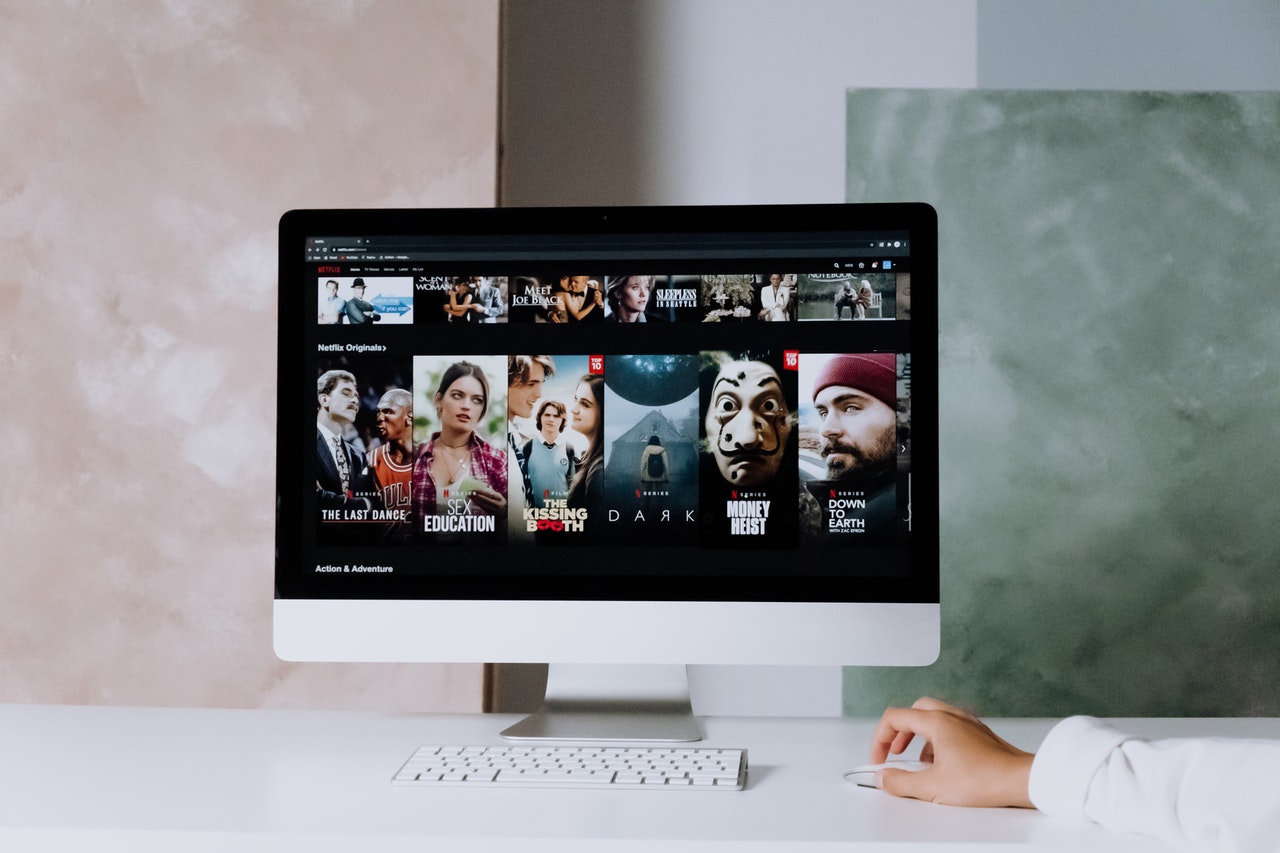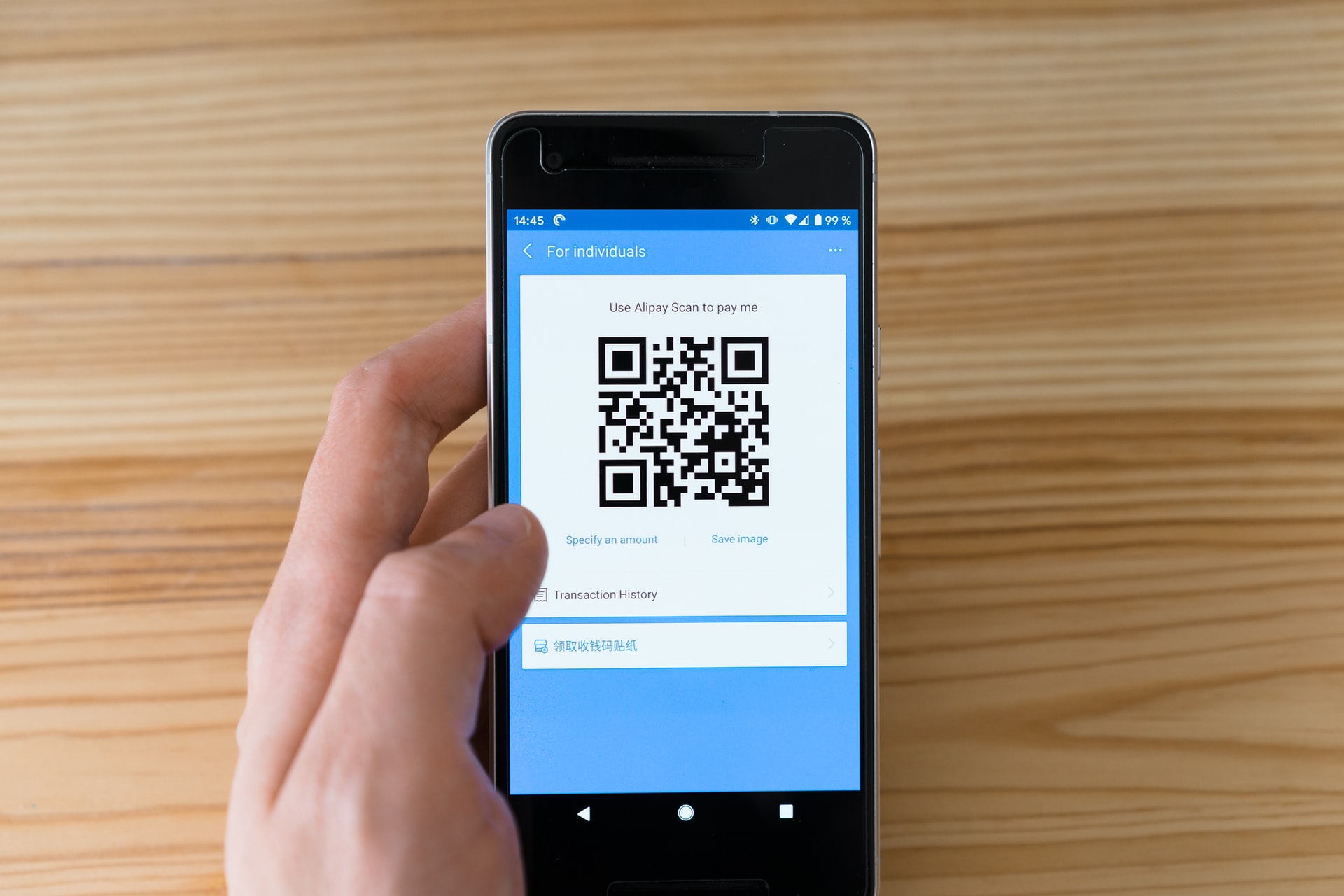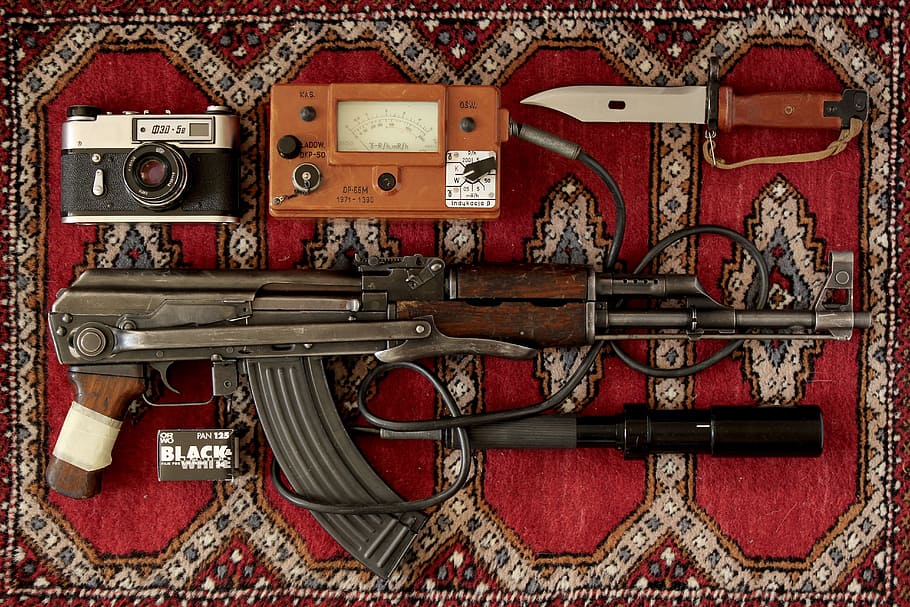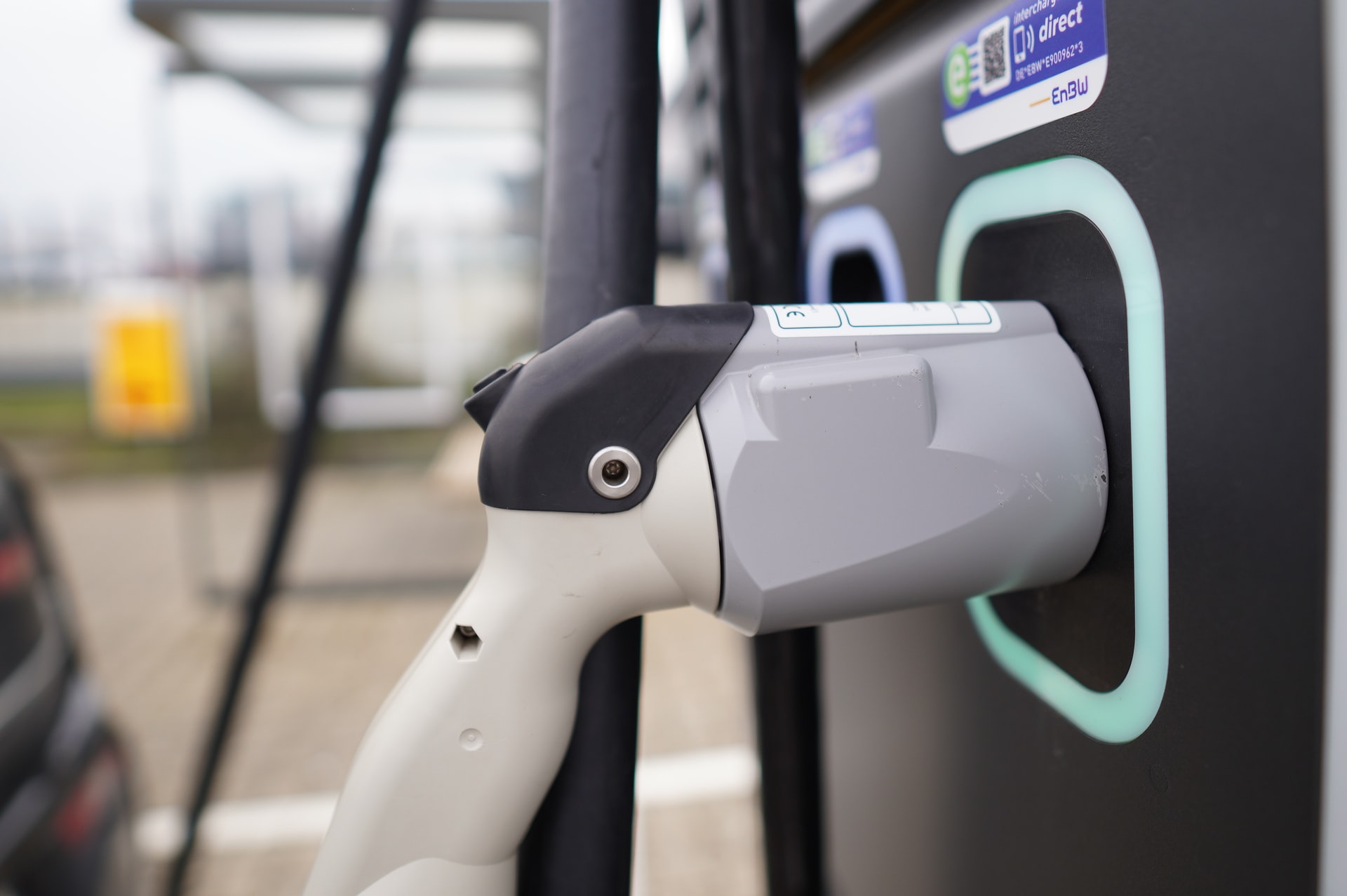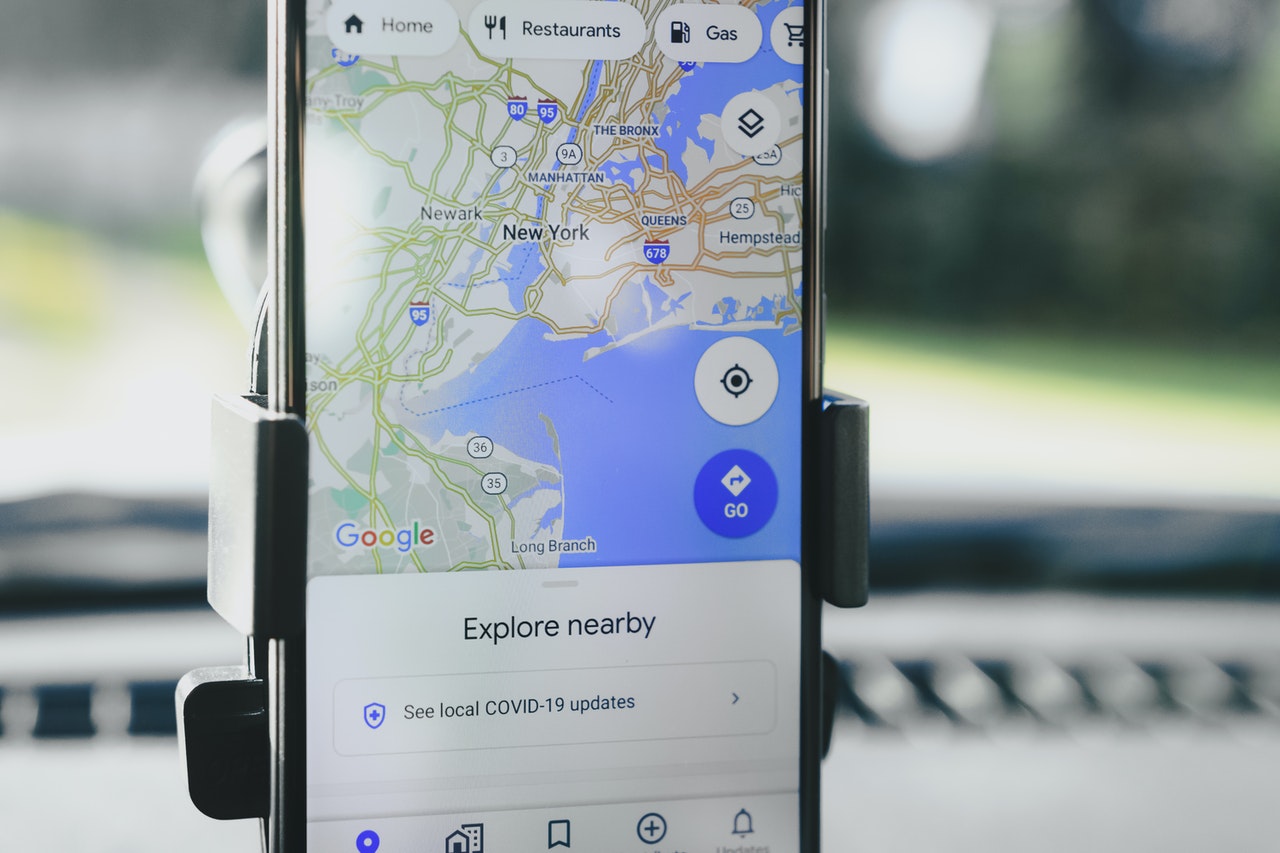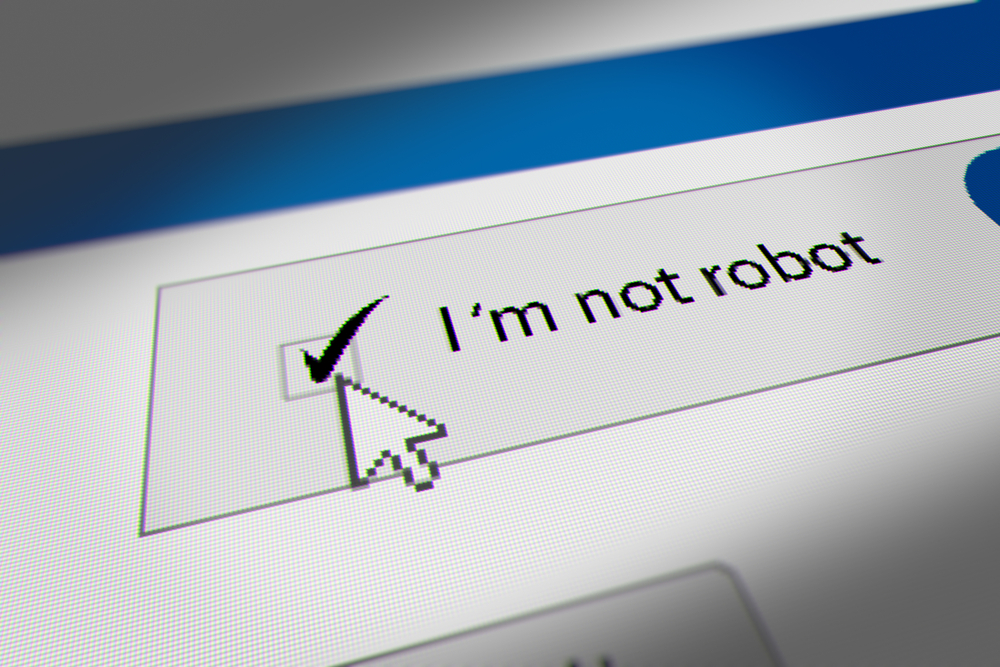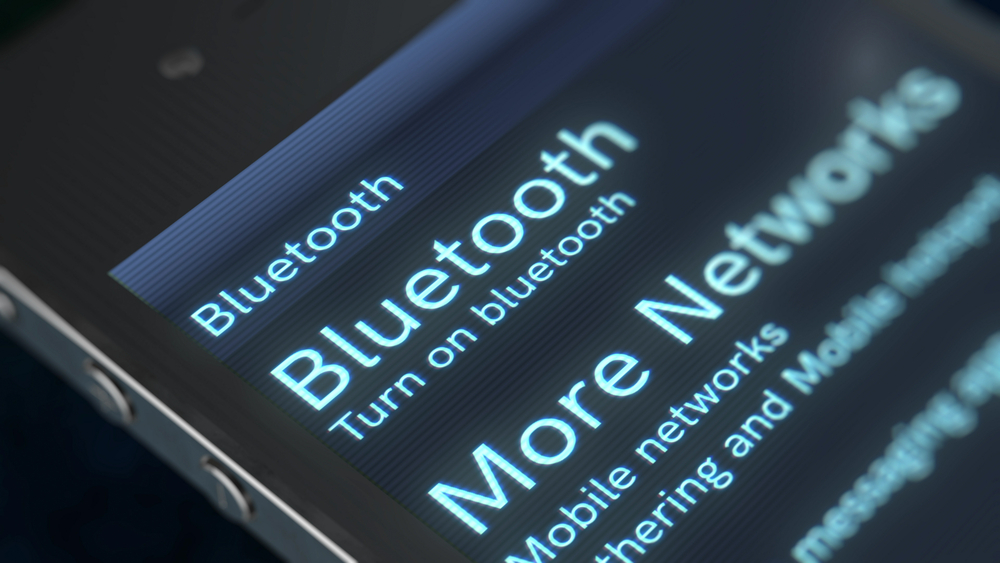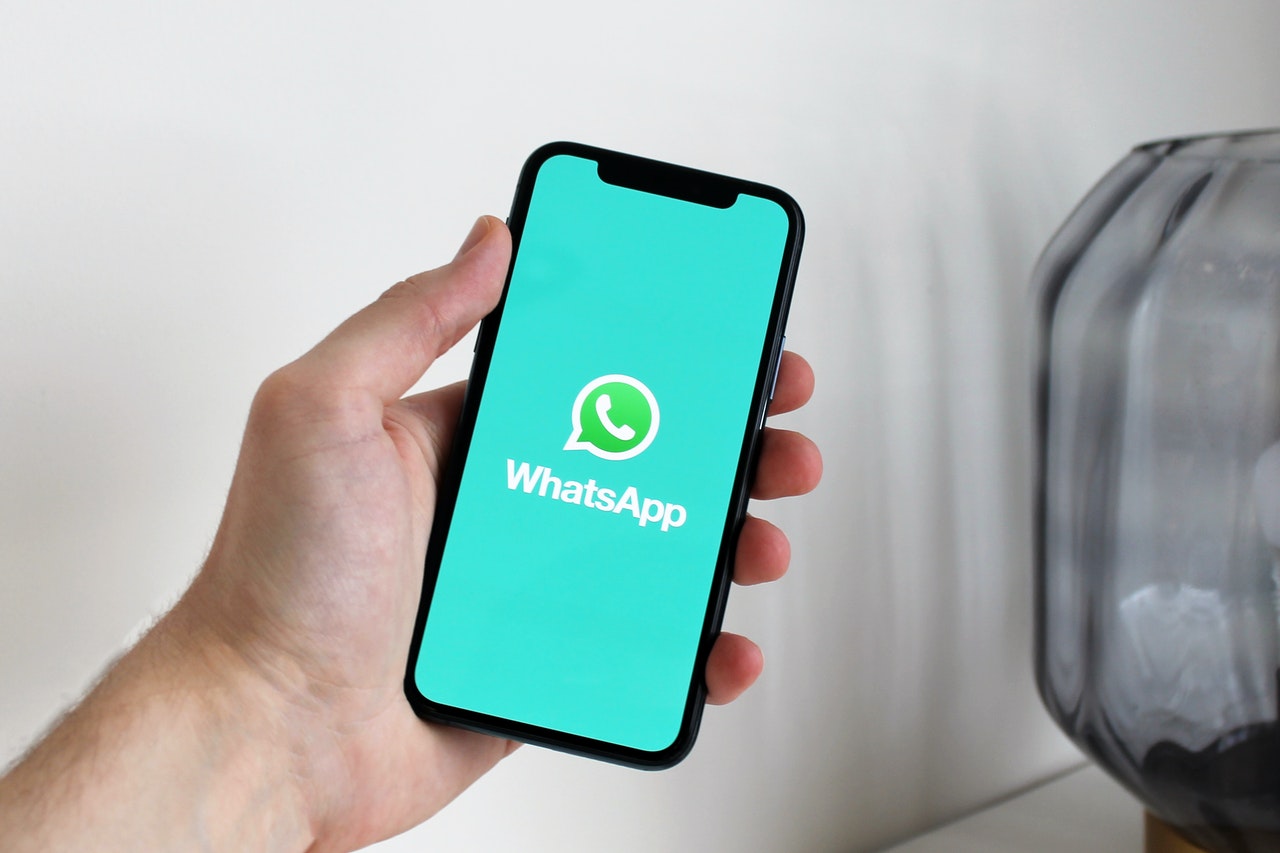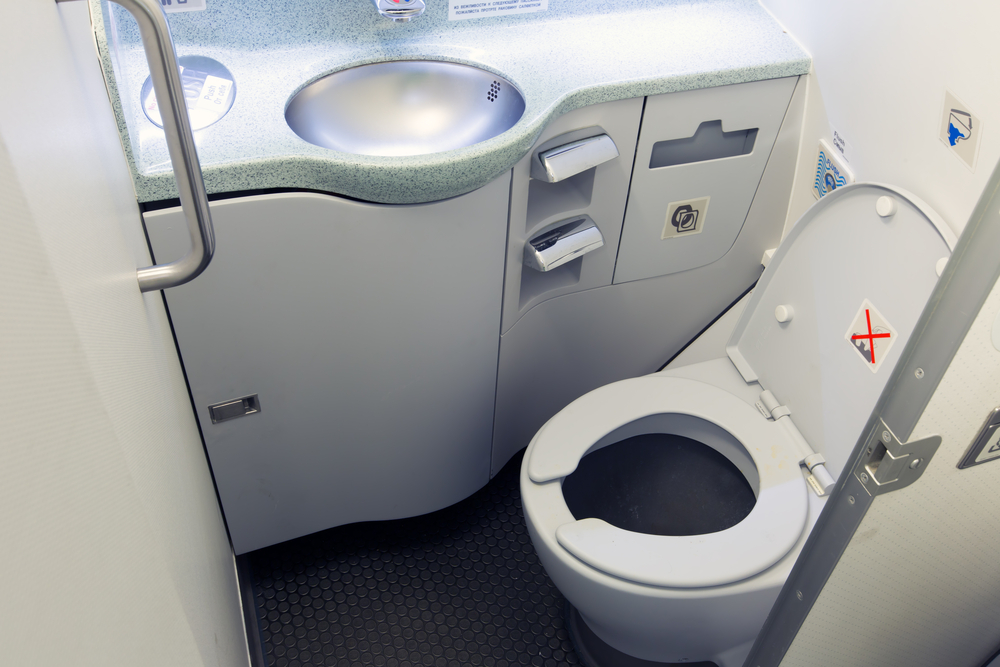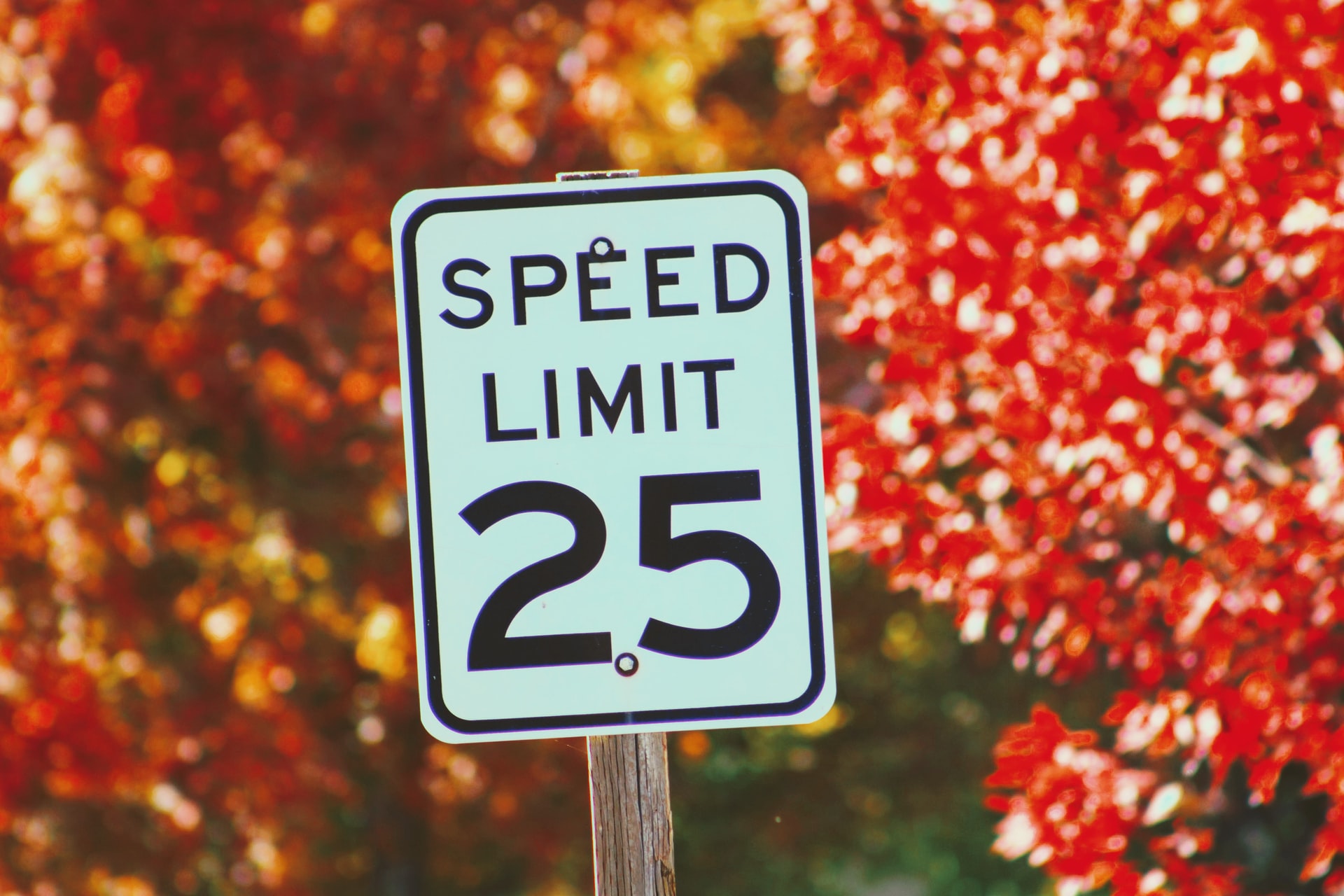Reading Time: < 1 minutes
This is Part 2 of a 2-Part series. Part 1 explained what NFTs are and what may make some of them so expensive.
- Your 3-year old daughter scribbled something on your phone screen, and you feel you have not seen a more beautiful piece of art.
- You ask for her permission and, as her guardian, now own the intellectual property rights of this artwork.
- You now download a crypto wallet such as Coinbase or Metamask from the app store on your device.
- After you register the wallet, you connect it to an NFT marketplace such as OpenSea or Superrare.
- Marketplaces like OpenSea are similar to eBay or Amazon, except they just sell NFTs.
- Once you have created a profile on the marketplace, you get an option to upload your daughter’s artwork.
- You also get to set up the royalty you want each time (after the first sale) this artwork is traded — the standard royalties are between 5% to 10%.
- You click complete, and congratulations — you just minted your first NFT.
- Since the trading of NFT uses blockchain technology, selling it requires the network to do some computing (similar to bitcoin), and it costs money (known as a gas fee).
- So, you fund your crypto wallet with some Ethereum (the most used cryptocurrency for NFTs) and click SELL.
- The gas fee is charged, and your item is listed for sale.
- The marketplace charges a small fee (2.5% on OpenSea) on the selling price.
Image courtesy of Olieman Eth through Unsplash

